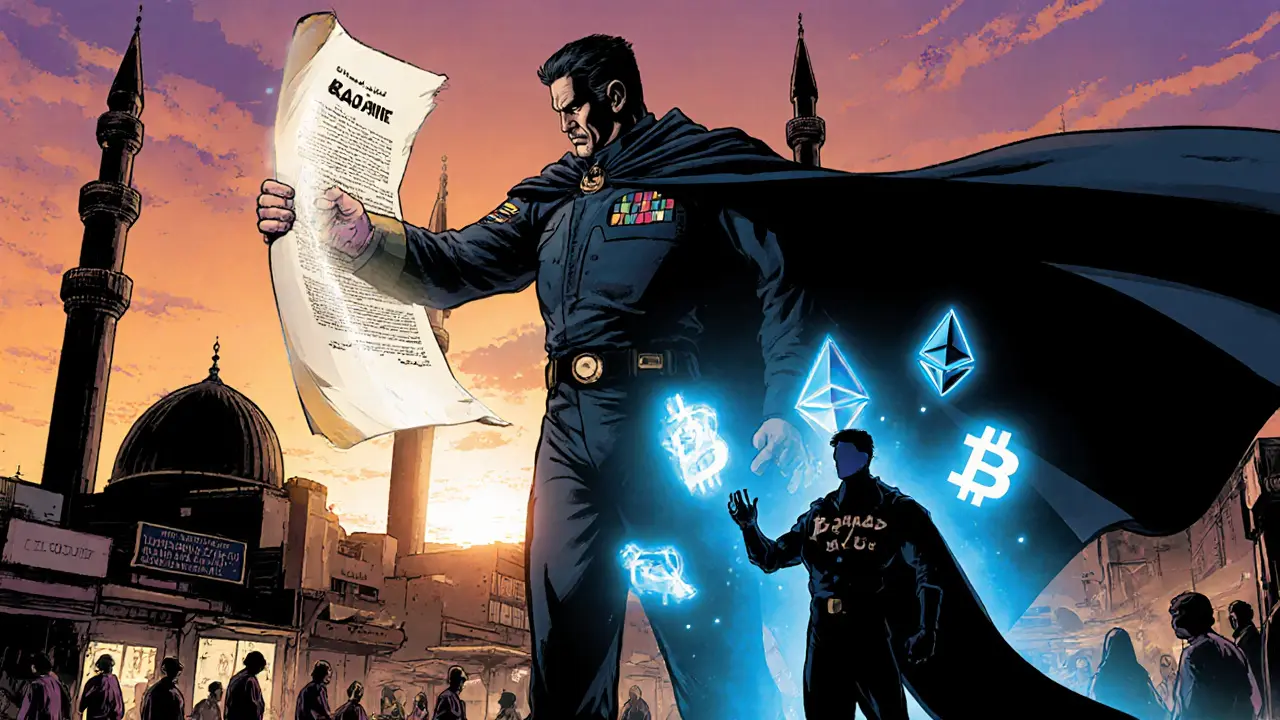When working with crypto mining Iraq, the process of using computers to solve cryptographic puzzles and earn digital coins inside Iraq. Also known as Iraqi crypto mining, it sits at the crossroads of technology, energy policy, and local finance. Iraq blockchain regulation, the set of laws governing digital assets and mining operations defines what you can and cannot do, while mining hardware, ASICs, GPUs, and specialized rigs that generate hash power determines how fast you can solve blocks. electricity costs, the price you pay per kilowatt‑hour in Iraq are the biggest operating expense, and hash rate, the total computational power of your farm measured in hashes per second tells you how competitive you are in the global network. In short, crypto mining Iraq is a blend of technical know‑how, regulatory awareness, and smart cost management.
The first thing any miner looks at is the energy mix. Iraq’s power grid relies heavily on oil‑fired plants, which means electricity prices can swing with fuel markets. Understanding the Iraq energy policy, government subsidies, tariffs, and regional grid reliability helps you decide whether to locate a farm near a major substation or to invest in on‑site solar panels. Next, the legal environment sets the ground rules: recent drafts from the Central Bank of Iraq require miners to register their operations and report earnings, while the Ministry of Trade is drafting a licensing framework for large‑scale farms. Ignoring these rules can lead to fines or forced shutdowns, so keeping an eye on Iraq blockchain regulation updates is non‑negotiable.
Hardware selection is another decisive piece. ASICs dominate Bitcoin mining, but they consume a lot of power. GPUs, on the other hand, are versatile for altcoins like Ethereum Classic, which still use proof‑of‑work. When you match the right rig to your electricity price, you can calculate a break‑even point using the formula: (hardware cost + electricity cost × operating months) ÷ daily coin reward. Many Iraqi miners report that a 100 TH/s ASIC at 0.10 USD/kWh becomes profitable after roughly 10 months, while a mixed GPU setup can stay viable even if prices rise to 0.12 USD/kWh. Remember, the hash rate you generate not only affects your share of block rewards but also determines your exposure to network difficulty spikes.
Finally, community and market signals play a subtle role. Local mining forums often share tips on cheap electricity contracts, while global hash‑rate charts show when a coin’s difficulty is trending down, offering a window for higher returns. By combining regulatory compliance, cost‑effective energy sourcing, and hardware that matches your budget, you create a resilient operation that can weather both price volatility and policy shifts. Below you’ll find a curated list of articles that dive deeper into each of these topics – from step‑by‑step licensing guides to hardware performance benchmarks – so you can start—or scale—your crypto mining venture in Iraq with confidence.

Explore Iraq's 2017 crypto mining ban, its enforcement, underground market, economic impact, and how it compares to other global restrictions.